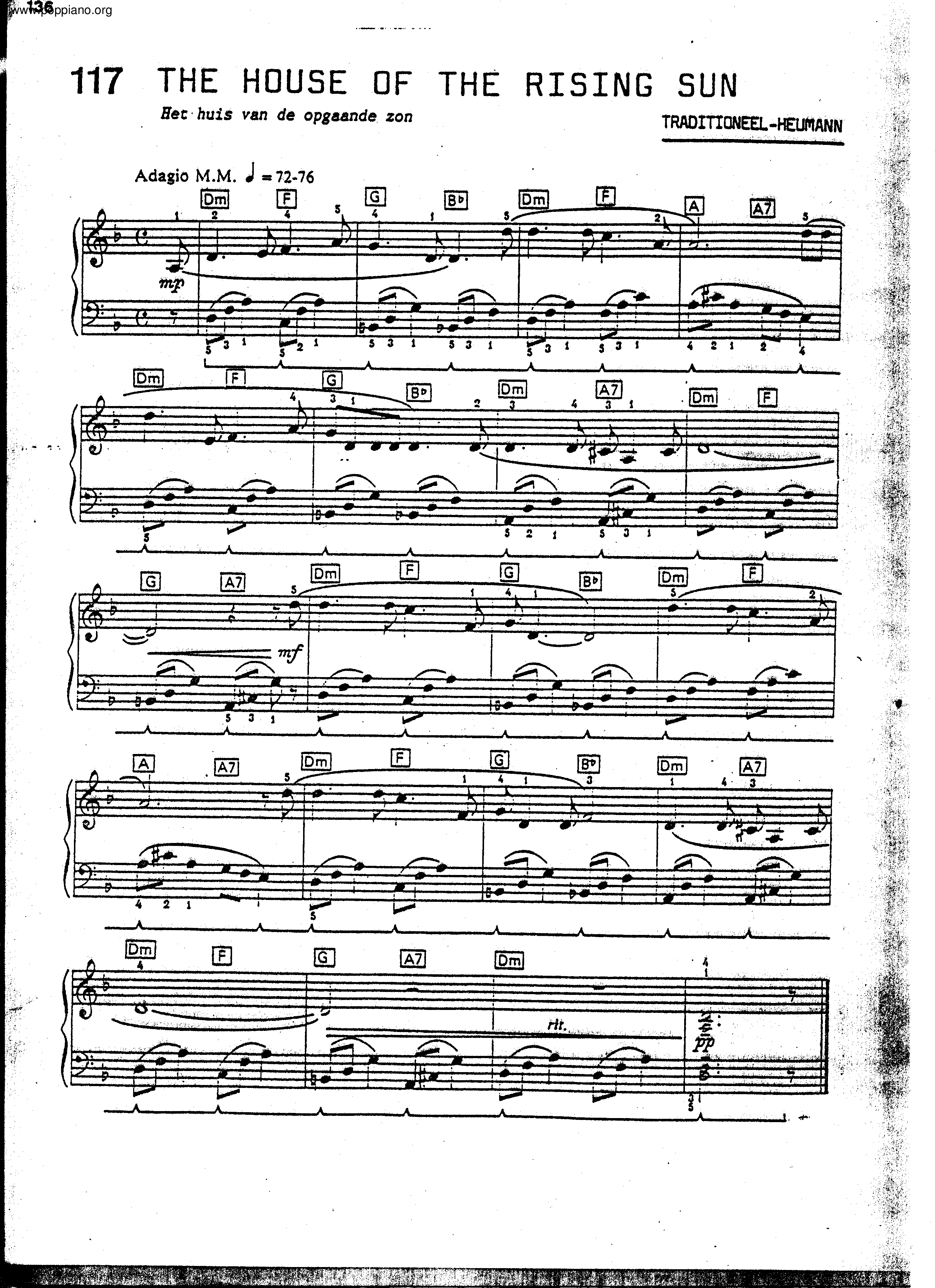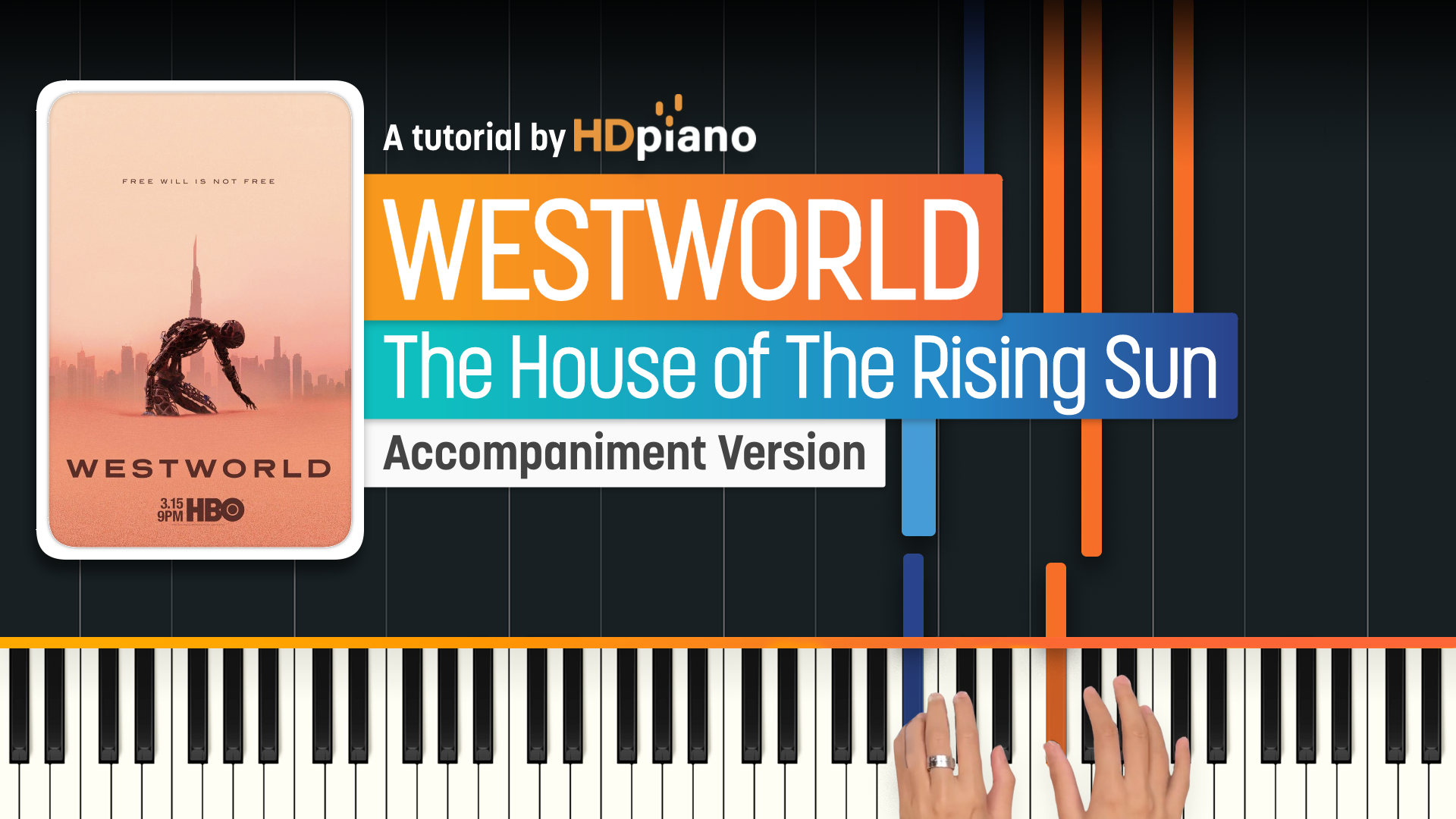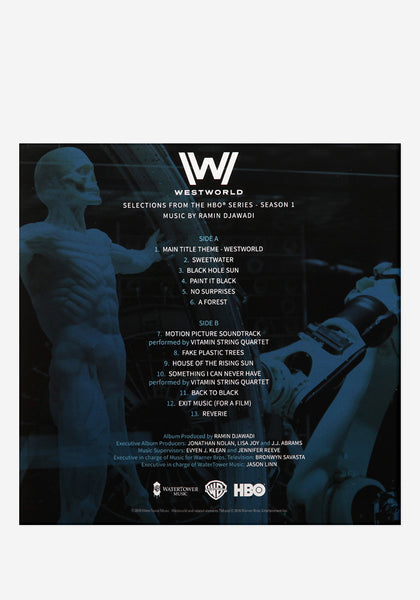
House Of The Rising Sun (Westworld Version) By - Digital Sheet Music For Score - Download & Print A0.759651 | Sheet Music Plus
Stream Ramin Djawadi - House Of The Rising Sun (Westworld Soundtrack) by Moath saad | Listen online for free on SoundCloud

🎶 House of the Rising Sun (Westworld) 🎤 Ramin Djawadi / The Animals 🎹 Yamaha U3 | By Chris Piastrino - Music | Facebook
![Ramin Djawadi - House of the Rising Sun [Piano]. My buddy and I made an arrangement of House of the Rising Sun as played in the saloon in S1E8 of Westworld. Give Ramin Djawadi - House of the Rising Sun [Piano]. My buddy and I made an arrangement of House of the Rising Sun as played in the saloon in S1E8 of Westworld. Give](https://external-preview.redd.it/hgIepCvLGR_TyVgwQ1IjuqLGAYR_D9KOiMs7As6MHBQ.jpg?format=pjpg&auto=webp&s=84a09eba1bffcebe98cda6d38b519a430b24ea3a)
Ramin Djawadi - House of the Rising Sun [Piano]. My buddy and I made an arrangement of House of the Rising Sun as played in the saloon in S1E8 of Westworld. Give

🎶 House of the Rising Sun (Westworld) 🎤 Ramin Djawadi / The Animals 🎹 Yamaha U3 | By Chris Piastrino - Music | Facebook

House Of The Rising Sun (Westworld Version) By - Digital Sheet Music For Score - Download & Print A0.759651 | Sheet Music Plus

🎶 House of the Rising Sun (Westworld) 🎤 Ramin Djawadi / The Animals 🎹 Yamaha U3 | By Chris Piastrino - Music | Facebook
![Ramin Djawadi - House of the Rising Sun [Piano]. My buddy and I made an arrangement of House of the Rising Sun as played in the saloon in S1E8 of Westworld. Give Ramin Djawadi - House of the Rising Sun [Piano]. My buddy and I made an arrangement of House of the Rising Sun as played in the saloon in S1E8 of Westworld. Give](https://i.ytimg.com/vi/Eyo2fpJkUbs/mqdefault.jpg)















